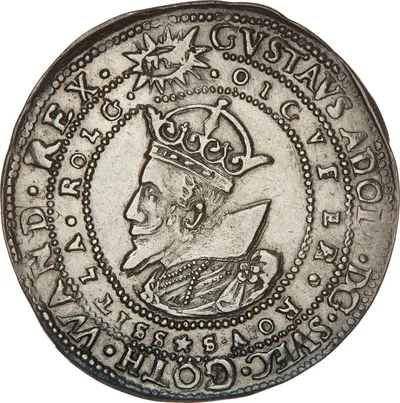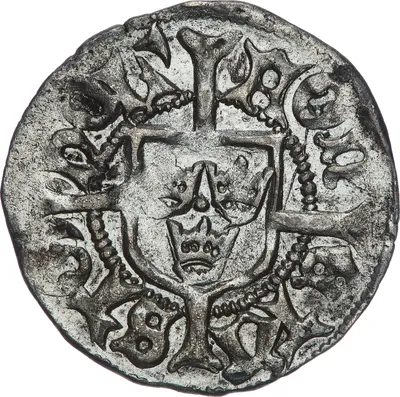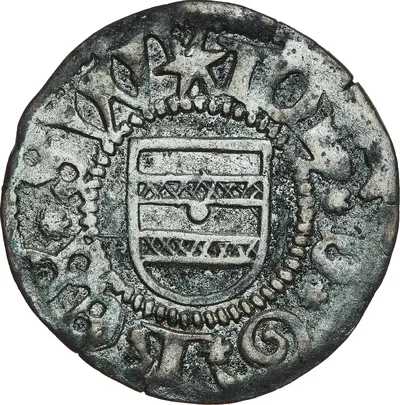Coins become commonplace
The display case shows a selection of coins minted between 1290 and 1623. The coins from the Middle Ages are placed in chronological order and can be seen on the left of the display case. The coins from Gotland are placed separately, because Gotland had its own mint. Gotland was Swedish until 1361 and then belonged to Denmark for the rest of the period. To the right are the coins from the period 1523-1623. The display case shows a selection of first gold coins and then silver coins. The selection is based on getting a spread of denominations and minting locations that link to the various rulers of the time.
In 1290, King Magnus Birgersson “Ladulås” (1275-1290) died and Birger Magnusson (1290-1318) became King of Sweden. At this time, several events occurred that had a major impact on coinage in the country. A uniform coinage system was introduced, meaning that coins of the same weight and size were minted throughout the whole country. Furthermore, the country moved from minting only one-sided coins to also minting coins with an obverse (front) and a reverse (back).
In the 1370s, under King Albrecht of Mecklenburg (1364-1389), a new denomination, the örtug, was minted. Between 1396 and 1523, Sweden was part of the Kalmar Union with Denmark and Norway. It was a politically and economically turbulent time that ended with Gustav Vasa becoming King of Sweden. At the beginning of his reign, the king struggled with the country’s weak economy, partly due to a debt to Lübeck. Under Gustav Vasa, several new denominations were introduced, including international trade coins such as the daler and mark. The coins were to contain as little silver as possible, without risking inflation. In 1568, Sweden’s first gold coin was minted under King Erik XIV.
A few decades later, Sweden experienced its highest inflation ever – over 800%. The high inflation lasted between 1591 and 1592 and was mainly the result of Sweden overspending. The country was obliged to pay fines under a peace treaty with Denmark while waging a costly war against Russia. In addition, several expensive castles were built, including in Stockholm, Kalmar and Vadstena. All this meant that for some years the crown’s income was lower than its expenditure. The king therefore began to dilute the silver in the coins and mix it with copper.

Penning, Birger Magnusson 1290–1318
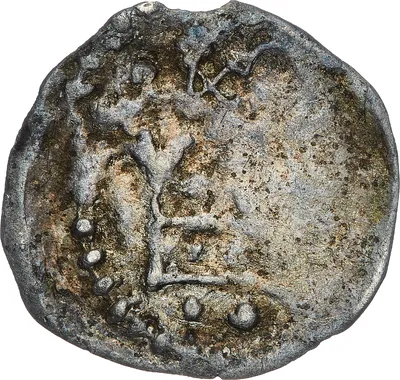
1/2 penning, Birger Magnusson, 1290–1318
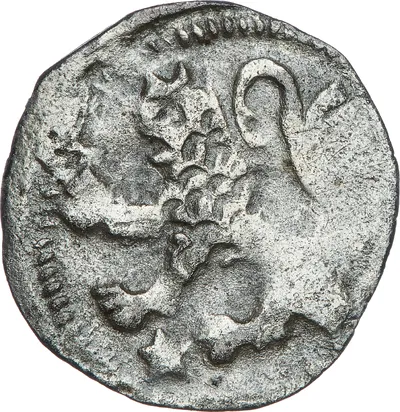
Untitled

1 penning, Magnus Eriksson,

1 penning, Magnus Eriksson,
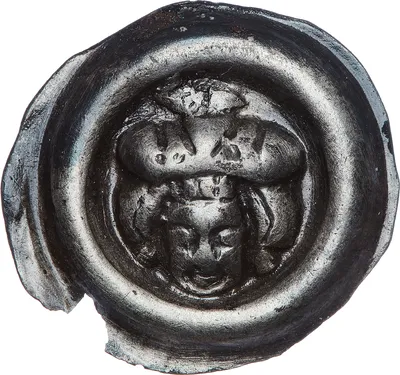
Penning, uncertain authority, ca 1300–1325
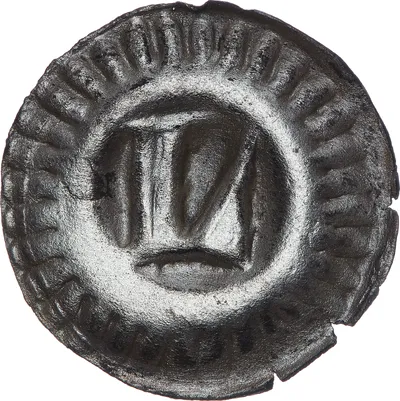
Penning, Lödöse, Magnus Eriksson, 1354–1363
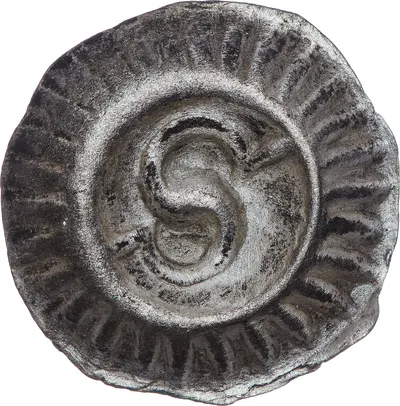
Penning, Söderköping, Magnus Eriksson, 1354–1363
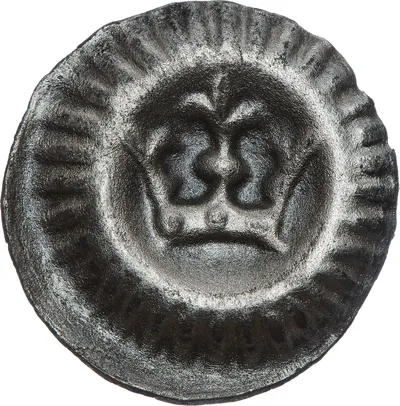
Penning, Stockholm, Magnus Eriksson, 1354–1363
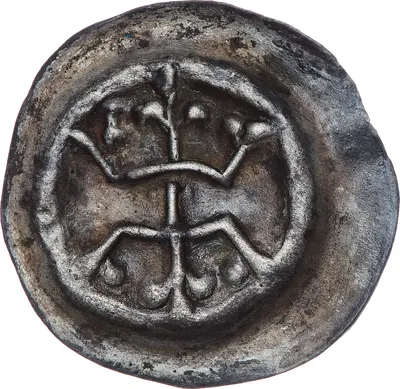
Penning, okänd myntort, Magnus Eriksson, 1360s
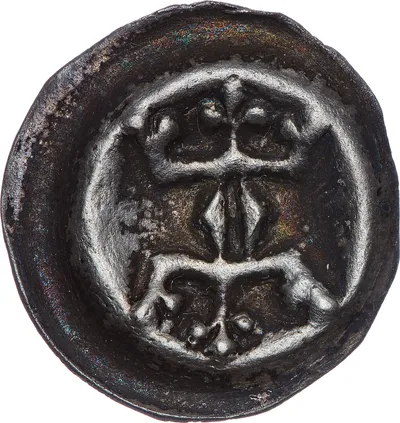
Penning, unknown mint, Magnus Eriksson 1354–1363
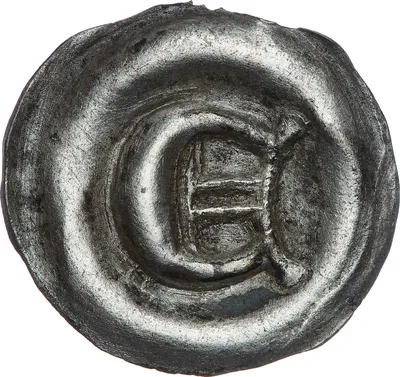
Penning, Kalmar, Magnus Eriksson, 1360s
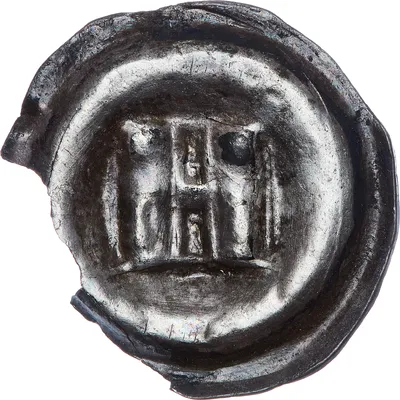
Penning, unknown mint, Magnus Eriksson, 1360s
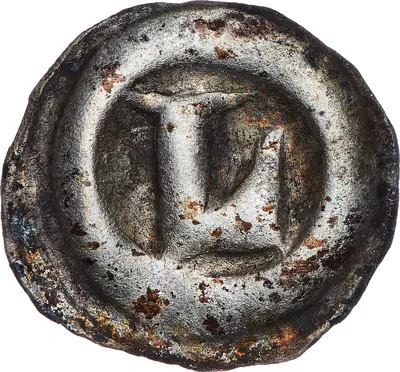
1/2 penning, Lödöse, Magnus Eriksson, 1360–1364
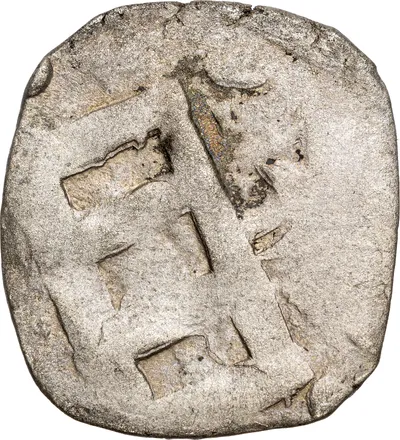
1 penning, Lund, Magnus Eriksson, 1332
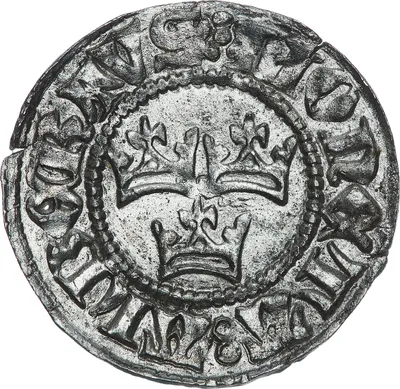
Örtug, Stockholm, Albrekt av Mecklenburg, c. 1370
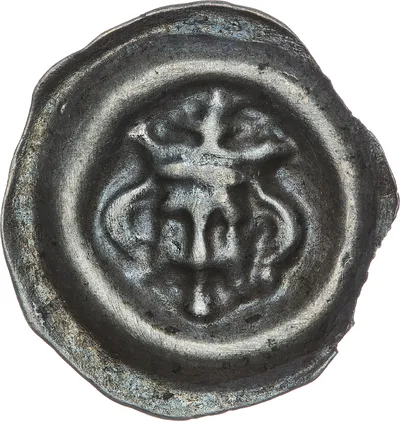
Penning, Stockholm, Albrekt av Mecklenburg, 1364–1370

Penning, Stockholm, Albrekt av Mecklenburg, 1364–1370
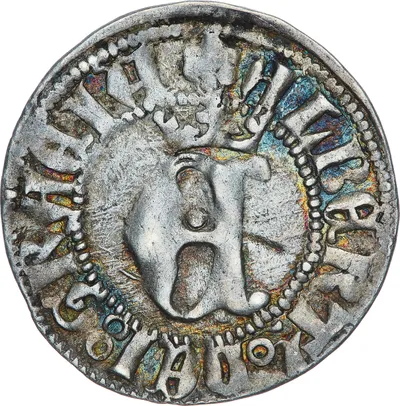
Örtug, Kalmar, Albrekt av Mecklenburg, 1364–1389
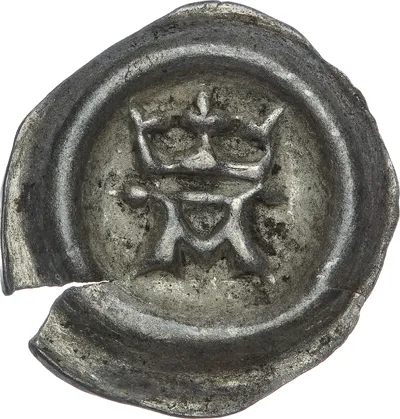
Penning, Västerås, Albrekt av Mecklenburg, 1364-1389

Örtug, Stockholm, Erik av Pommern, 1396–1439
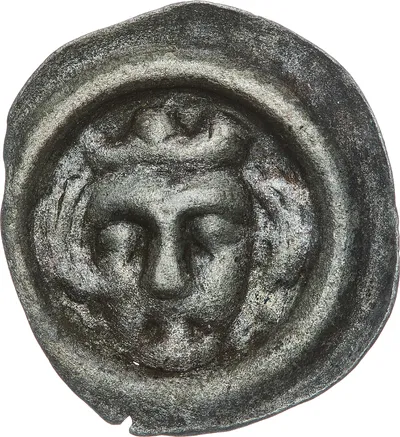
Penning, unknown mint, Erik av Pommern, 1396–1439
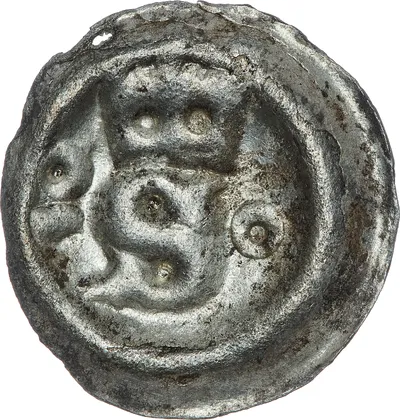
Penning, Söderköping, Erik av Pommern, 1410–1439
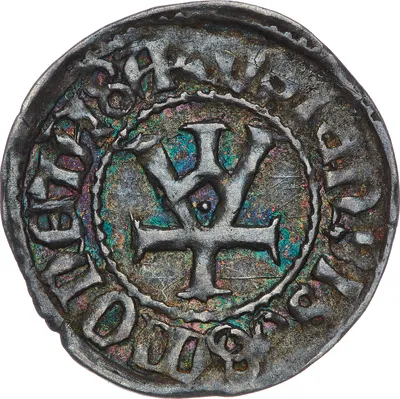
Örtug, Västerås, Erik av Pommern, 1396-1439

6–penning, Åbo, Erik av Pommern, 1396–1439
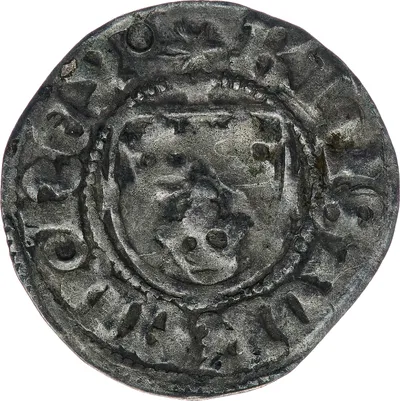
Örtug, Stockholm, Kristoffer av Bayern, 1441-1448
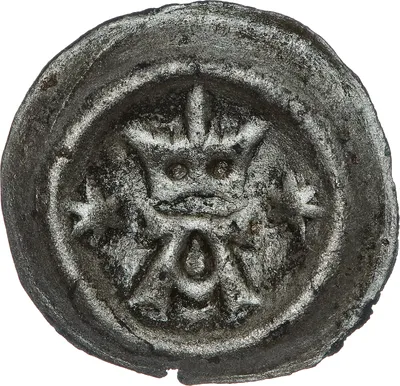
Penning, Västerås, Kristoffer av Bayern, 1441–1448
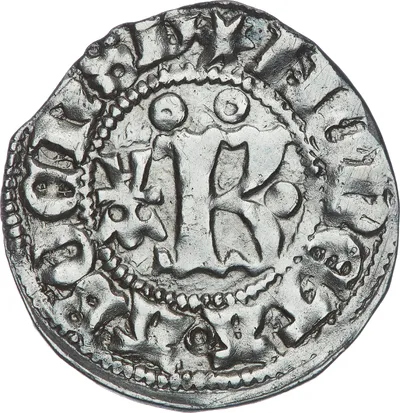
Örtug, Åbo, Kristoffer av Bayern, 1441–1448
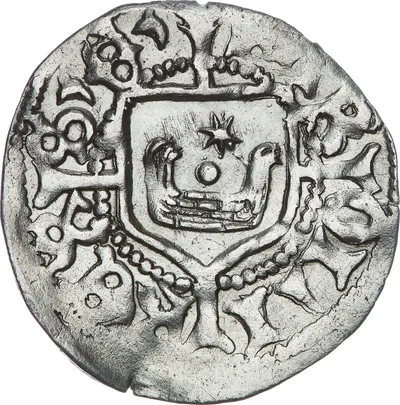
Örtug, Stockholm, Karl Knutsson Bonde, 1448–1457
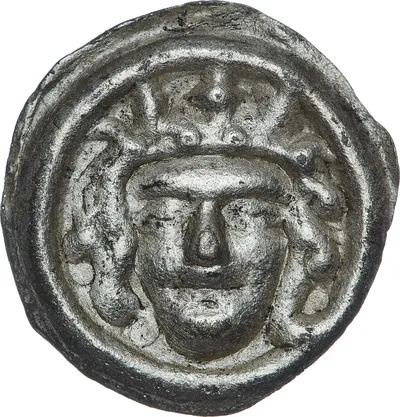
Penning, Stockholm, Karl Knutsson Bonde, 1448–1470
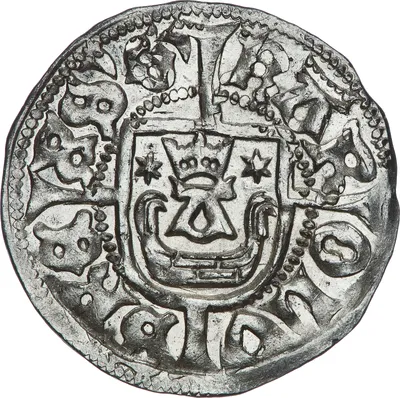
Örtug, Åbo, Karl Knutsson Bonde, after 1450

Örtug, Stockholm, Kristian I, 1457–1464
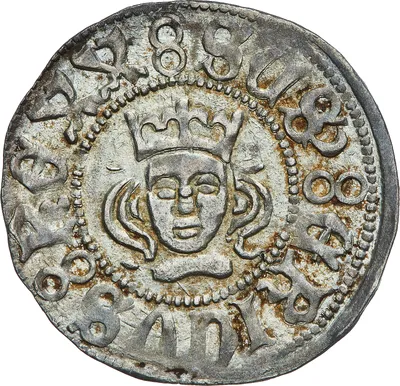
Örtug, Stockholm, Sten Sture d.ä., 1478
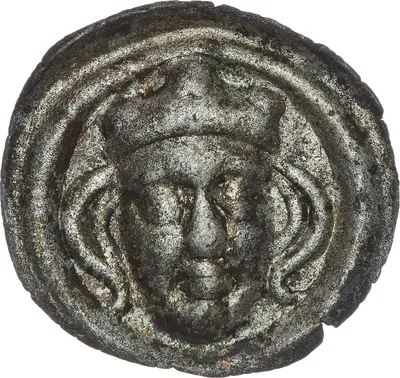
Penning, Stockholm, uncertain authority, 1475–1499
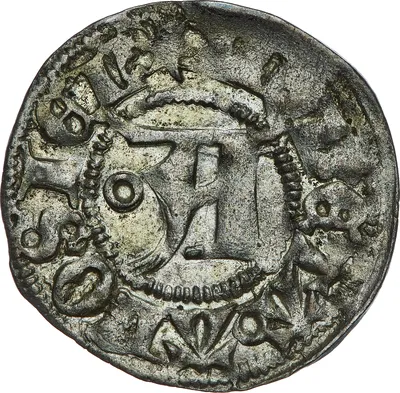
1/2 örtug, Västerås, Sten Sture d.ä., 1470–1497, 1501–1503
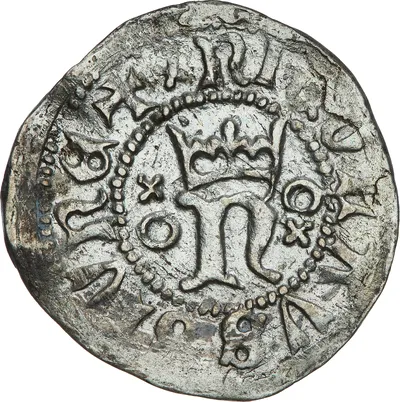
Örtug, uncertain ruler, Nils Bosson Sture
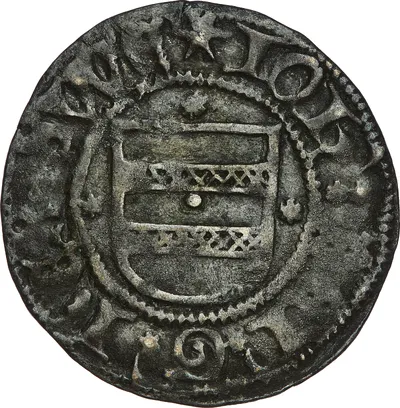
Örtug, Stockholm, Hans, 1497–1501
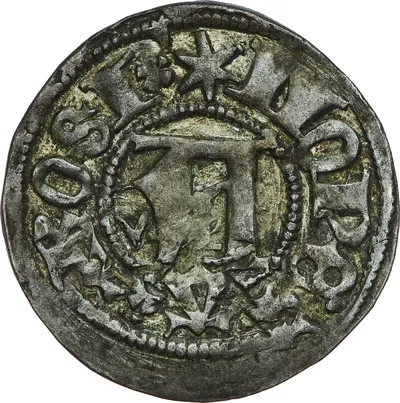
1/2 örtug, Västerås, Hans, 1497–1501

Örtug, Västerås, Svante Nilsson, 1504–1512
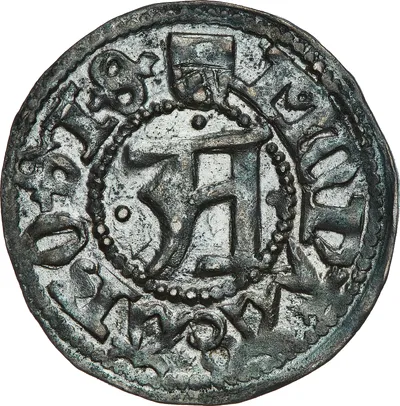
1/2 örtug, Västerås, Svante Nilsson, 1504–1512
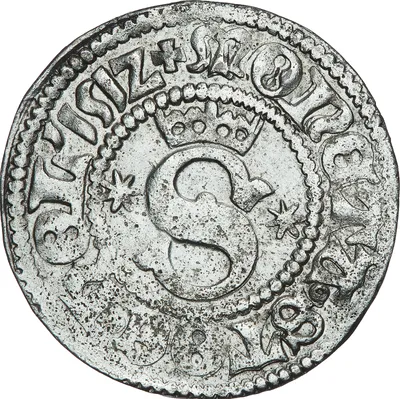
Örtug, Stockholm, Sten Sture d.y., 1512
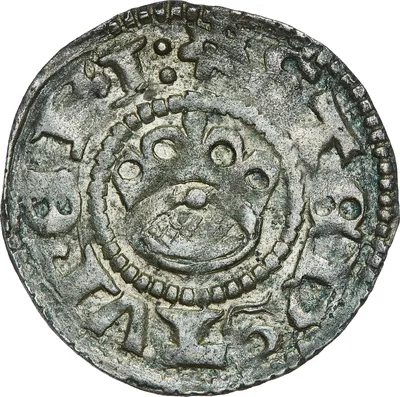
1/2 örtug, Västerås, Sten Sture d.y., 1512–1520
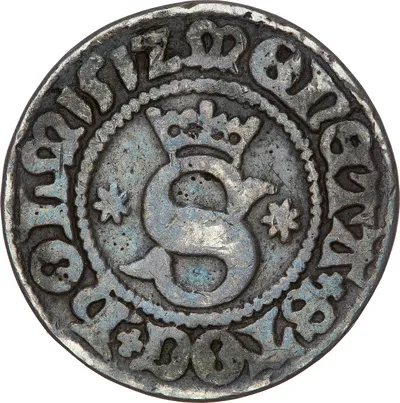
Gyllen, Stockholm, Sten Sture d.y., 1512
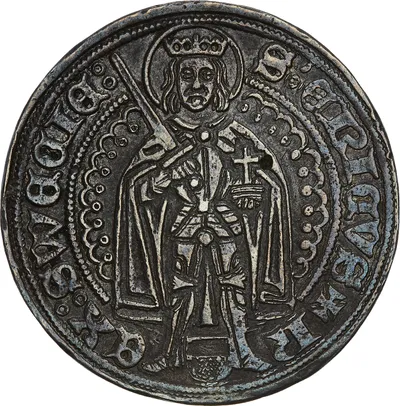
Gyllen, Stockholm, Sten Sture d.y., 1512
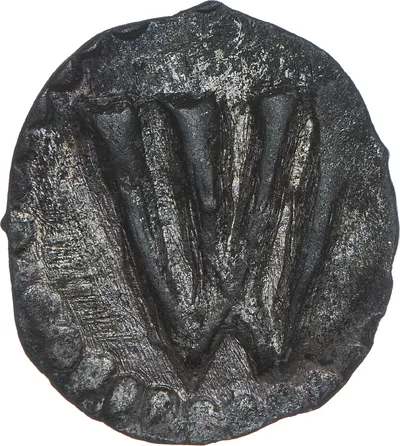
Penning, Gotland, Visby, uncertain authority, 1270–1361
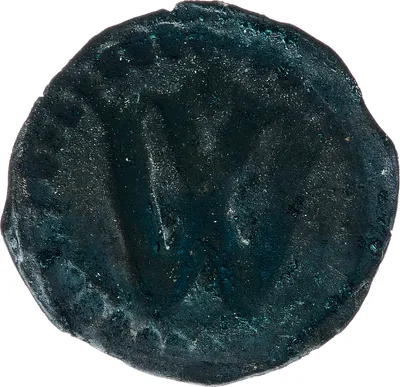
1 penning, Visby, anonym (Visby), 1270
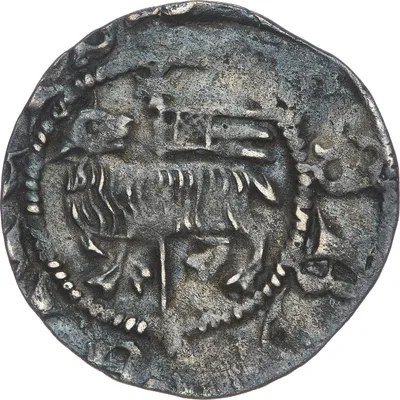
Örtug, Gotland, Visby, uncertain authority, 1380–1420
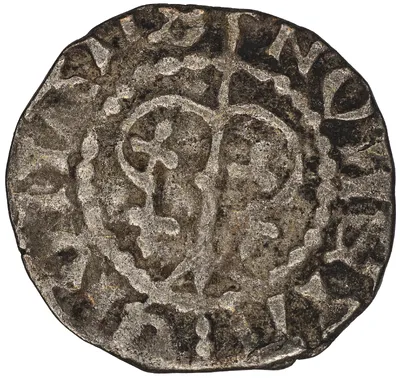
Örtug, Gotland, Visby, 1420–1450
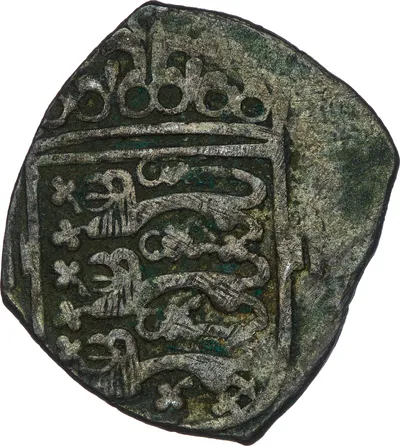
Klippe, Denmark, Malmö, Kristian II, 1518–1522

ungersk gyllen, Stockholm, Erik XIV, 1568
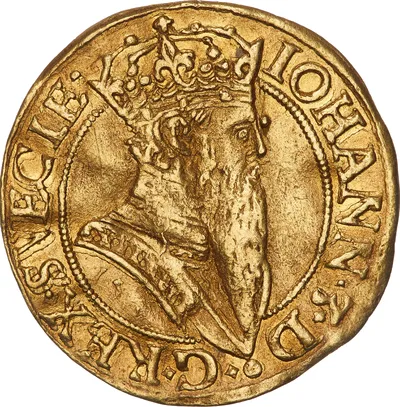
ungersk gyllen, Stockholm, Johan III, 1569
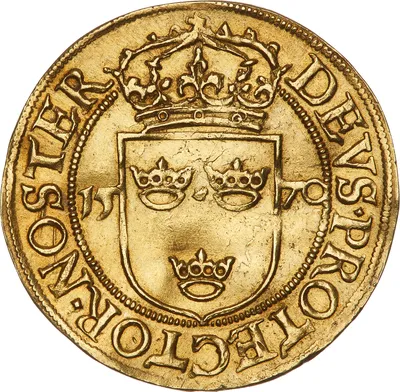
krongyllen, Stockholm, Johan III, 1570
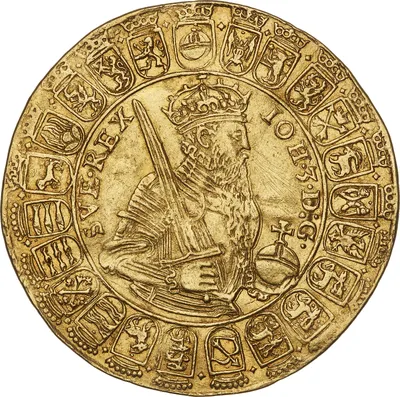
2 rosenobler, Stockholm, Johan III, 1585
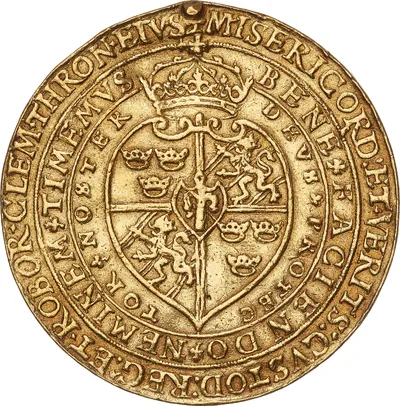
20 dukat, Stockholm, Johan III, 1585

48 mark, Stockholm, Johan III, 1590
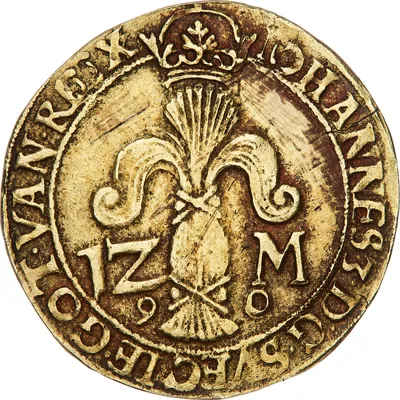
12 mark, Stockholm, Johan III, 1590

3 mark, Stockholm, Johan III, 1590
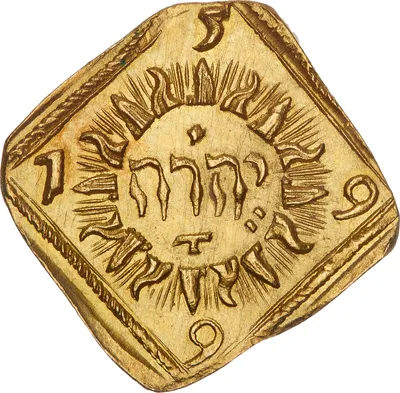
8 mark, Stockholm, Karl IX, 1599
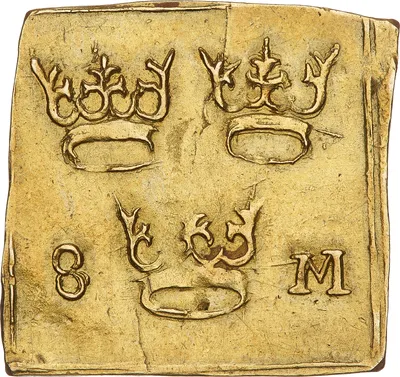
8 mark, Kalmar, Karl IX, 1603
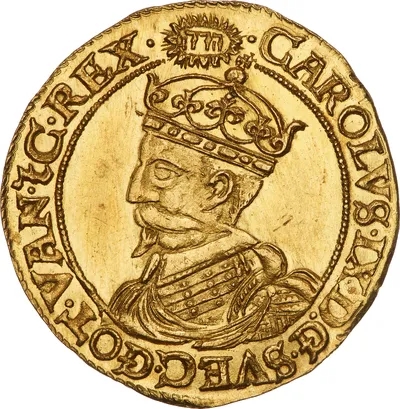
16 mark, Stockholm, Karl IX, 1607
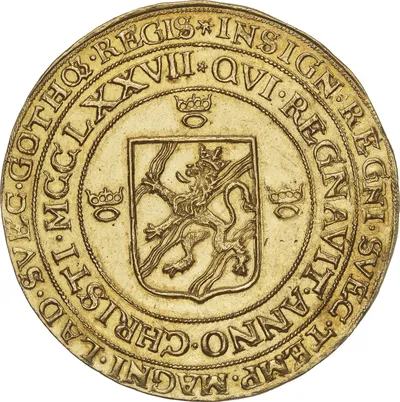
Untitled
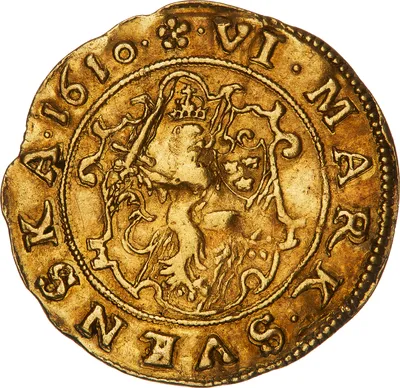
6 mark, Göteborg, Karl IX, 1610
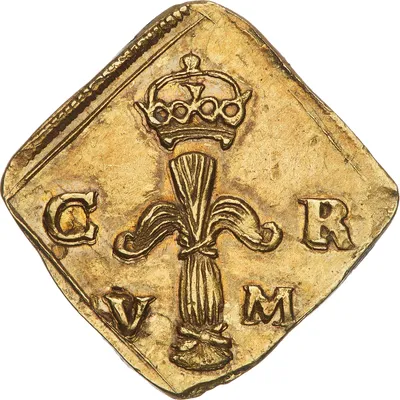
5 mark, Stockholm, Karl IX, 1610
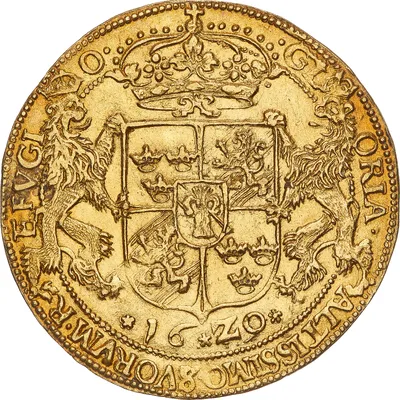
5 dukat, Stockholm, Gustav II Adolf, 1620
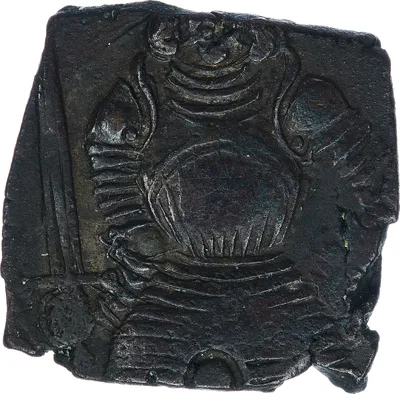
18 penning, Hedemora, Söderköping, Västerås, Gustav I Vasa, 1521
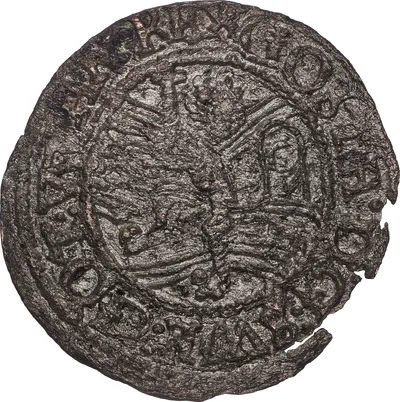
2 penning, Svartsjö, Gustav I Vasa, 1546
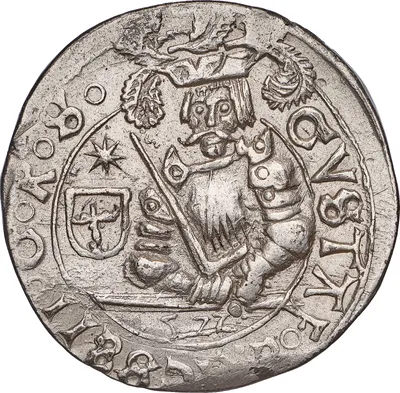
1/4 gyllen, Hedemora/Söderköping, Gustav I Vasa, 1522
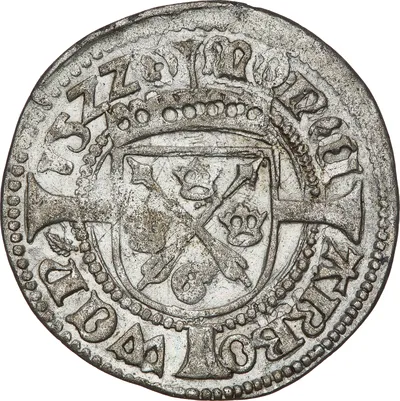
1 öre, Arboga, Gustav I Vasa, 1522
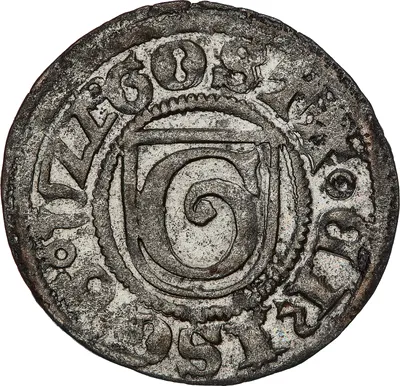
1 fyrk, Stockholm, Gustav I Vasa, 1522
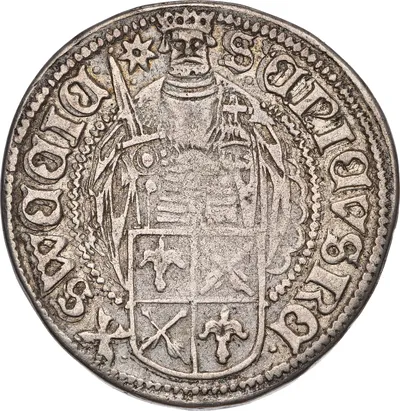
1 gyllen, Uppsala, Gustav I Vasa, 1523
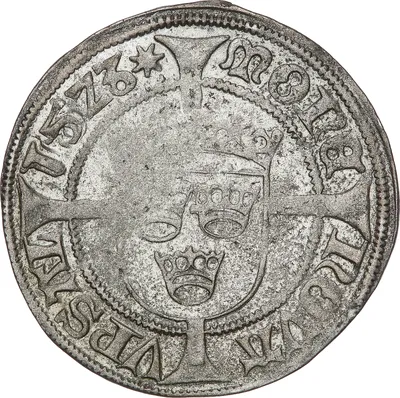
1 öre, Uppsala, Gustav I Vasa, 1523
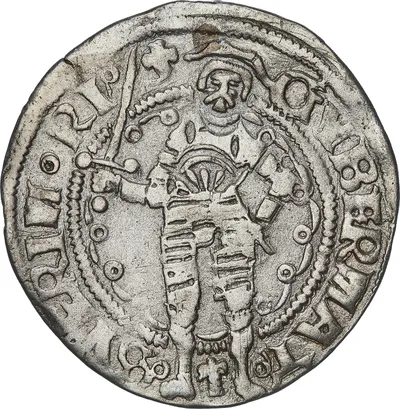
1 öre, Åbo, Gustav I Vasa, 1523

1 örtug, Västerås, Gustav I Vasa, 1523

1 gyllen, Stockholm, Gustav I Vasa, 1528
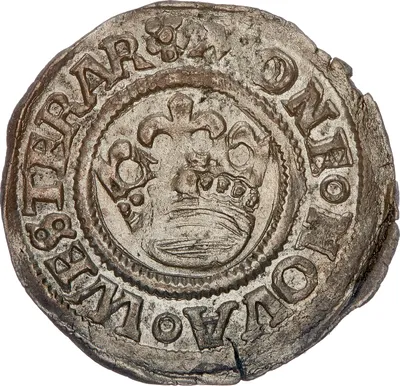
1 fyrk, Västerås, Gustav I Vasa, 1528
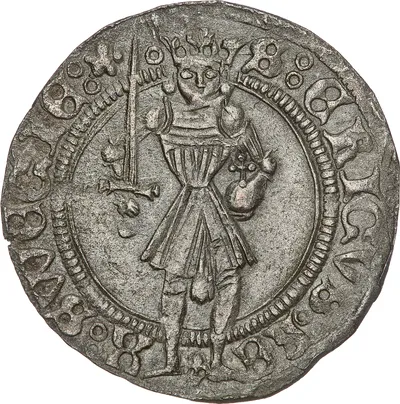
1 öre, Västerås, Gustav I Vasa, 1529
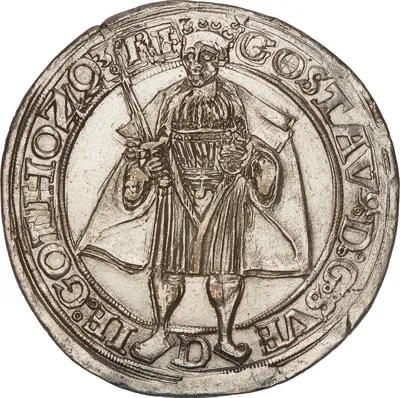
1 daler, Stockholm, Gustav I Vasa, 1534
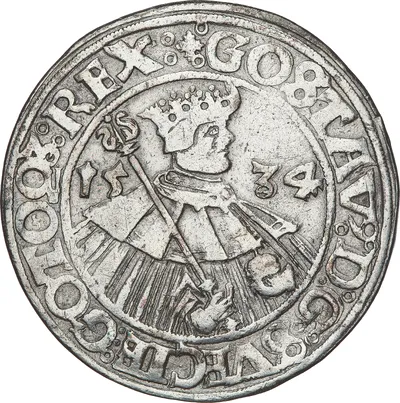
1/2 daler, Stockholm, Gustav I Vasa, 1534
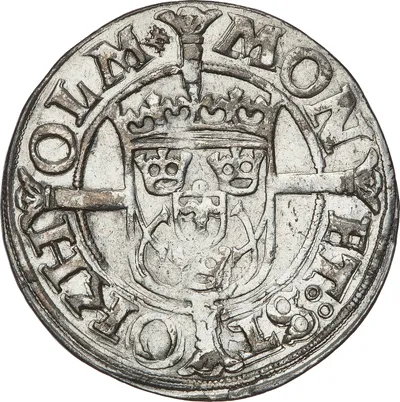
1/4 daler, Stockholm, Gustav I Vasa, 1534

1 mark, Stockholm, Gustav I Vasa, 1536
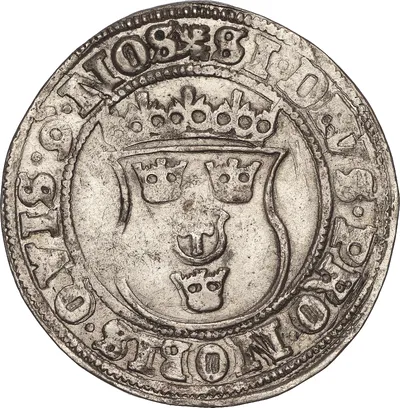
1/2 mark, Stockholm, Gustav I Vasa, 1536

2 öre, Stockholm, Gustav I Vasa, 1537
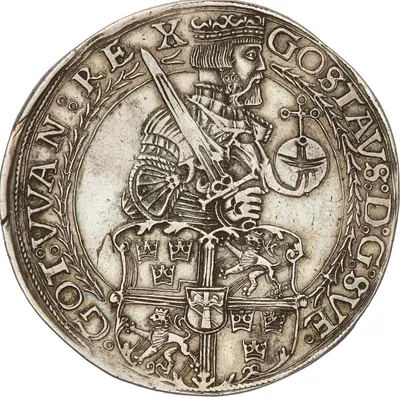
1 daler, Svartsjö, Gustav I Vasa, 1545
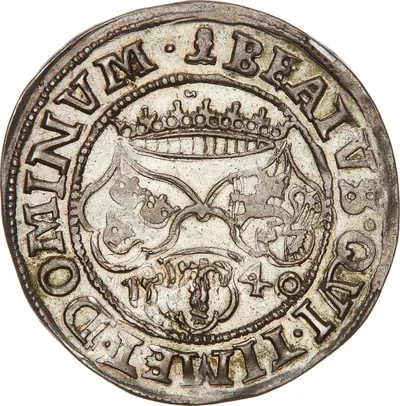
1 mark, Västerås, Gustav I Vasa, 1540

2 öre, Västerås, Gustav I Vasa, 1540
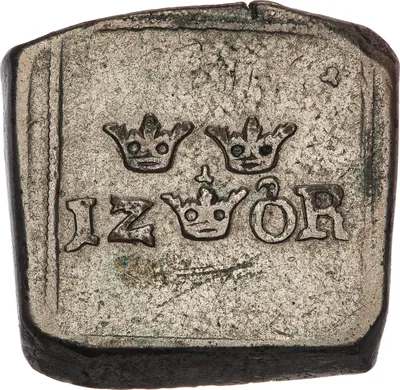
12 öre, Svartsjö, Gustav I Vasa, 1543
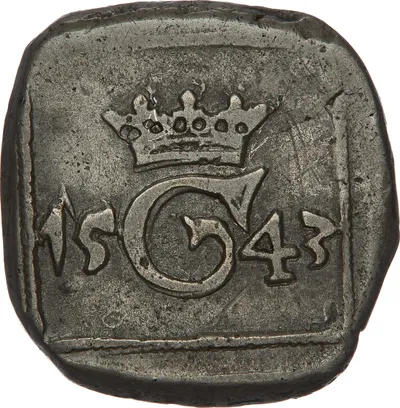
4 öre, Svartsjö, Gustav I Vasa, 1543
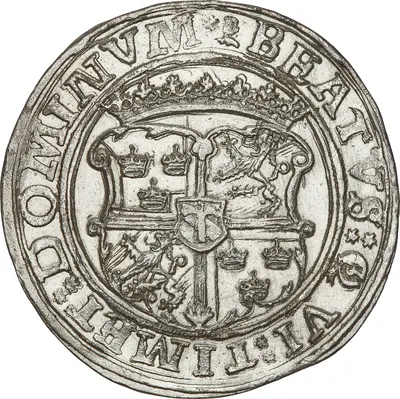
2 mark, Svartsjö, Gustav I Vasa, 1544
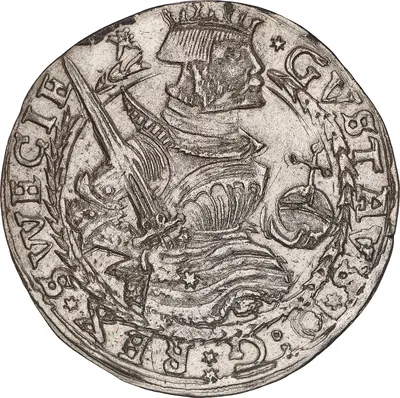
1 mark, Svartsjö, Gustav I Vasa, 1544
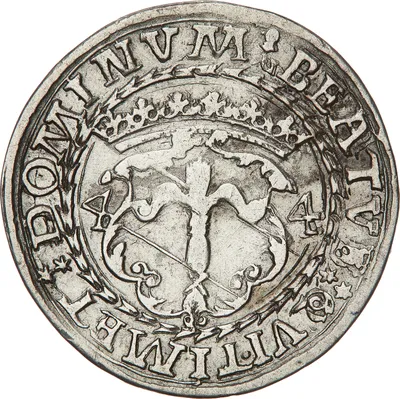
1/4 daler, Svartsjö, Gustav I Vasa, 1544
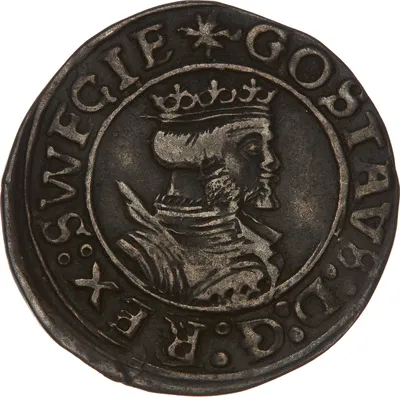
2 öre, Svartsjö, Gustav I Vasa, 1544
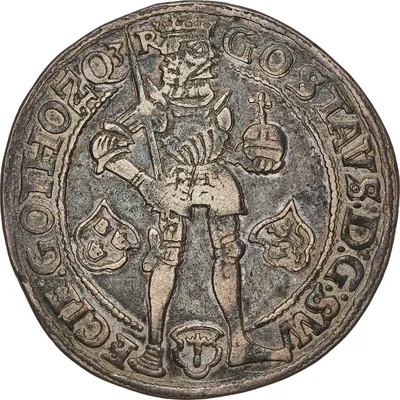
1 daler, Västerås, Gustav I Vasa, 1540
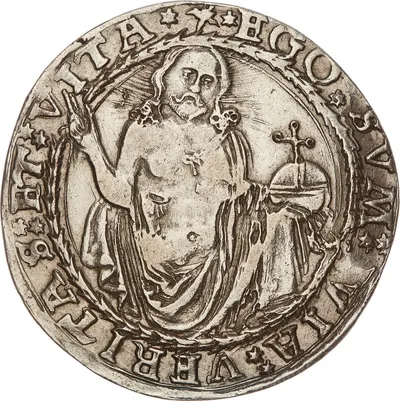
1/2 daler, Svartsjö, Gustav I Vasa, 1545
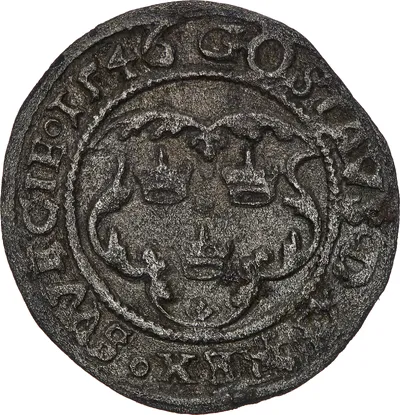
4 penning, Svartsjö, Gustav I Vasa, 1546
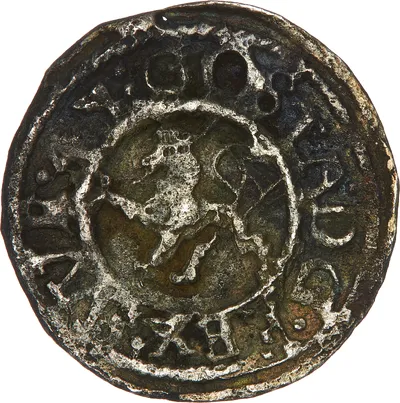
1 penning, Svartsjö, Gustav I Vasa, 1547
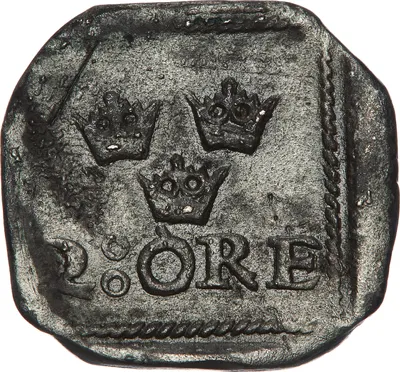
2 öre, Åbo, Gustav I Vasa, 1556
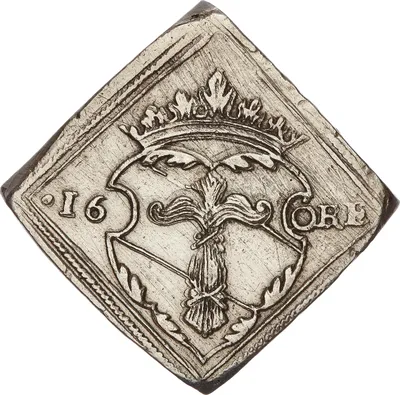
16 öre, Åbo, Gustav I Vasa, 1557
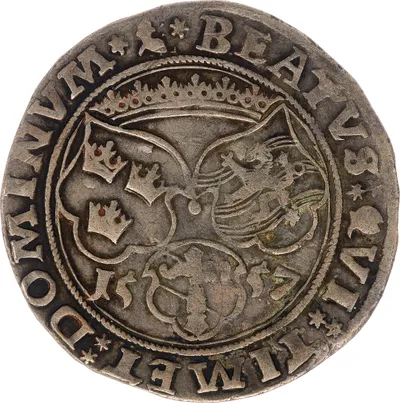
1 mark, Åbo, Gustav I Vasa, 1557
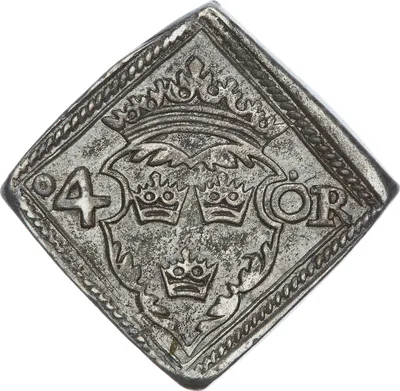
4 öre, Åbo, Gustav I Vasa, 1557
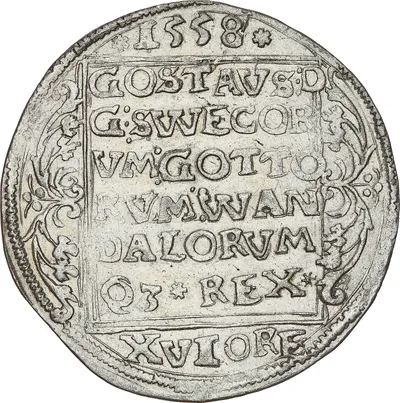
2 mark, Stockholm, Gustav I Vasa, 1558
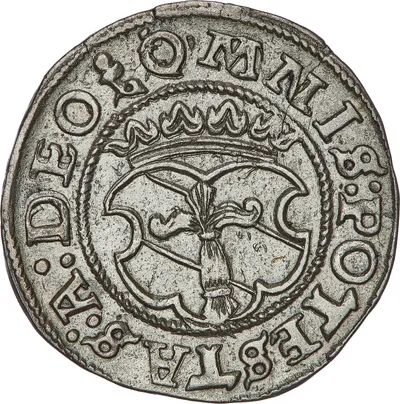
2 öre, Åbo, Gustav I Vasa, 1558
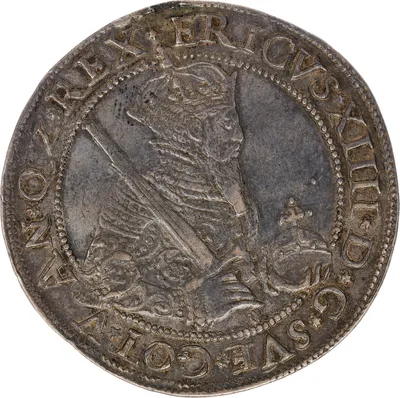
1 daler, Stockholm, Erik XIV, 1561
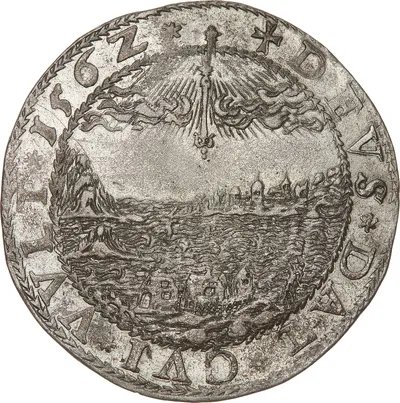
3 mark, Stockholm, Erik XIV, 1562
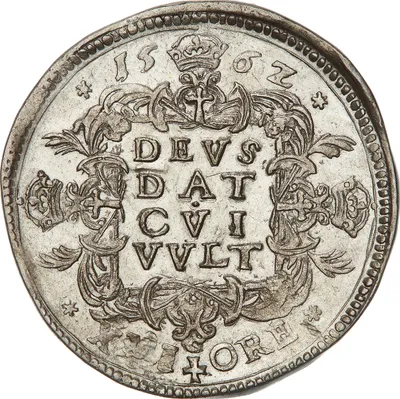
2 mark, Stockholm, Erik XIV, 1562
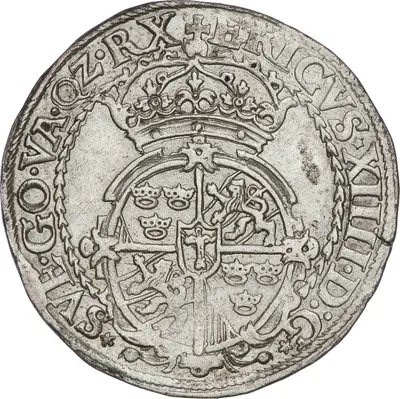
1 1/2 mark, Stockholm, Erik XIV, 1562
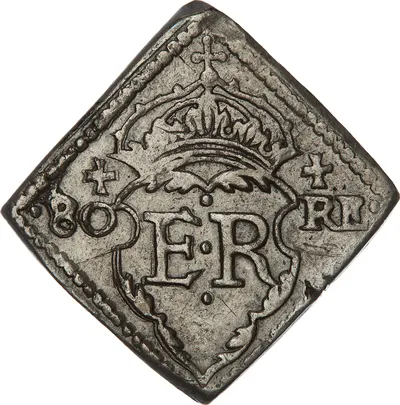
8 öre, Stockholm, Erik XIV, 1562
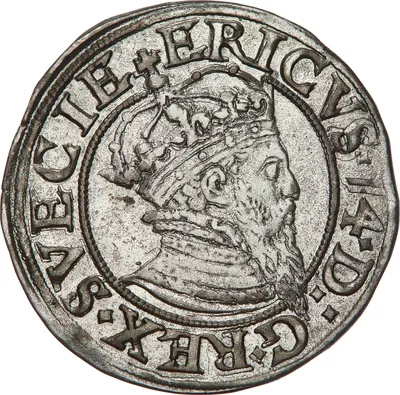
2 öre, Stockholm, Erik XIV, 1567
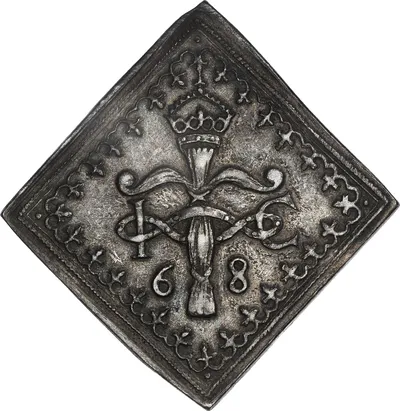
8 mark, Vadstena, Johan och Karl, 1568
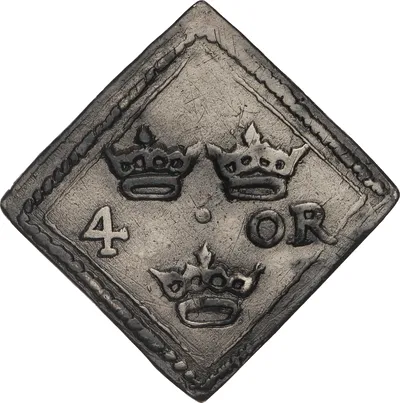
4 öre, Vadstena, Johan och Karl, 1568
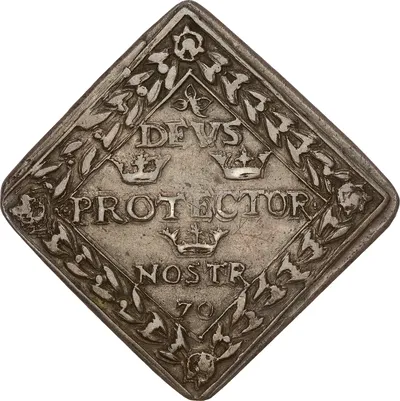
8 mark, Johan III, 1570
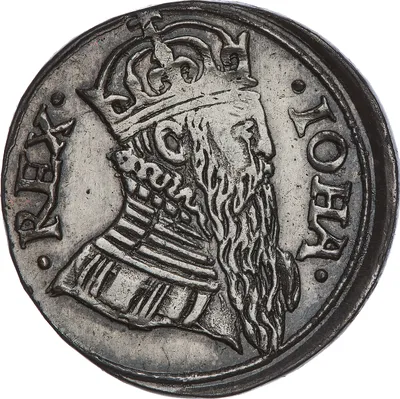
1/4 daler, Stockholm, Johan III, 1578
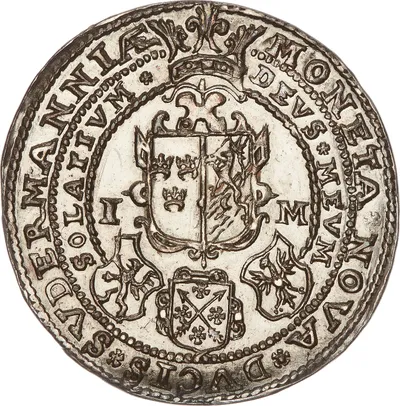
1 mark, Nyköping, Hertig Karl av Södermanland, 1586
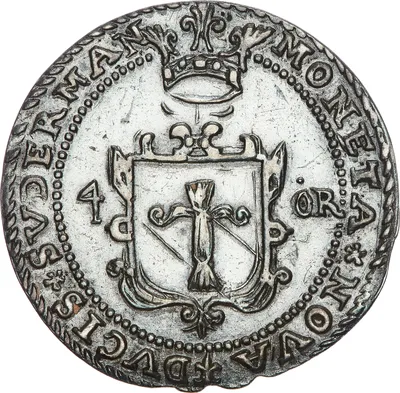
4 öre, Nyköping, Karl IX, 1587
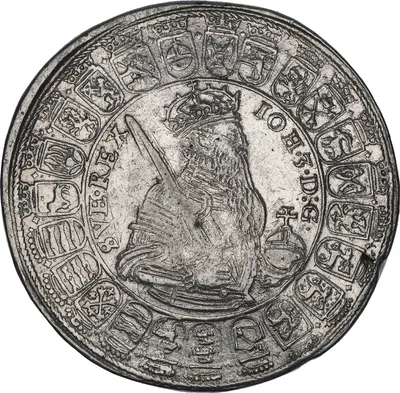
4 daler, Johan III,
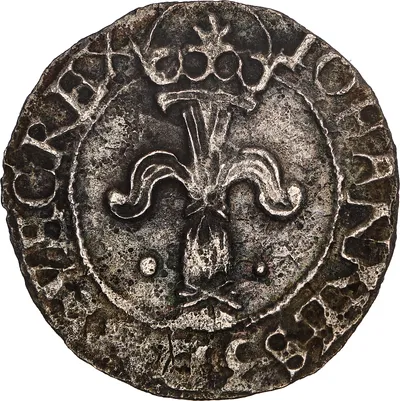
1 fyrk, Uppsala, Johan III, 1589
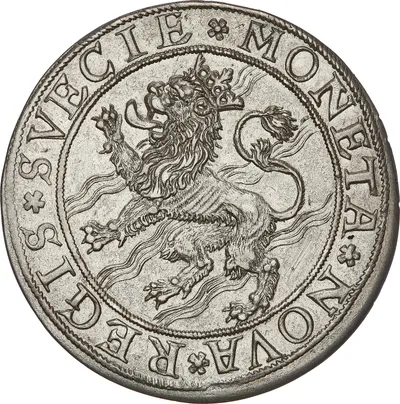
3 mark, Stockholm, Johan III, 1590
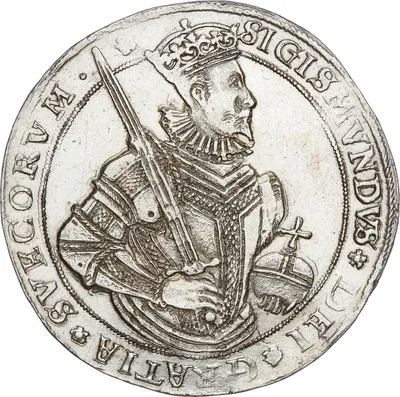
1 daler, Stockholm, Sigismund III och Polen, 1598
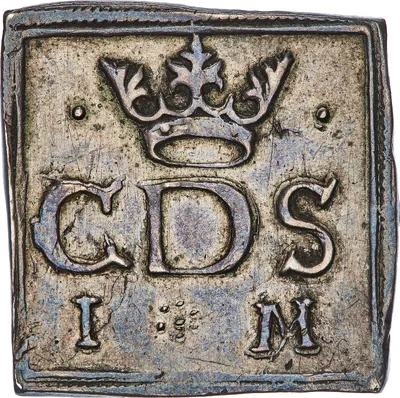
1 mark, Stockholm/Gripsholm, Karl IX, 1598
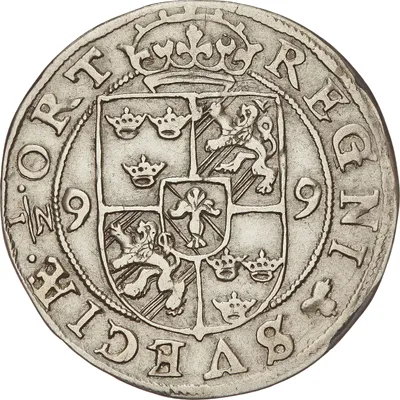
1/8 daler, Stockholm, Karl, riksföreståndare, 1599
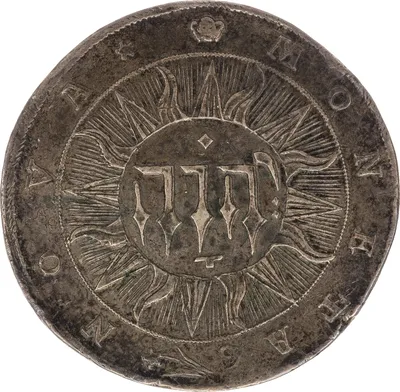
3 daler, Stockholm, Karl, riksföreståndare, 1600
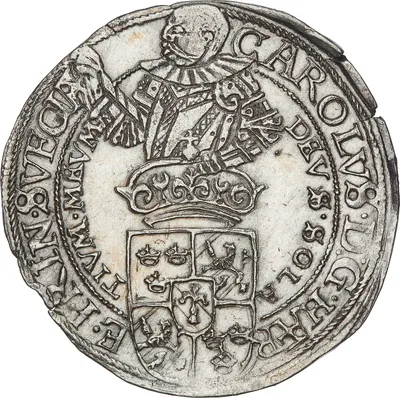
1/4 daler, Stockholm, Karl, riksföreståndare, 1600
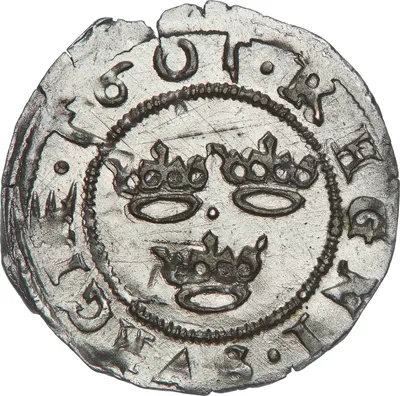
1 fyrk, Stockholm, Karl, riksföreståndare, 1601
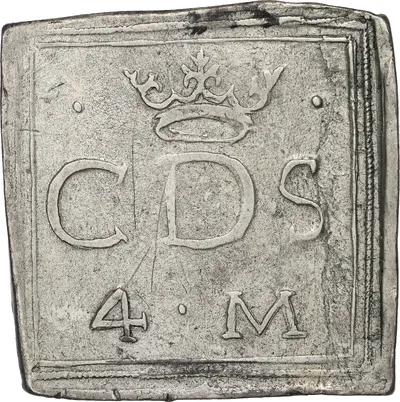
4 mark, Kalmar, Karl IX, 1603
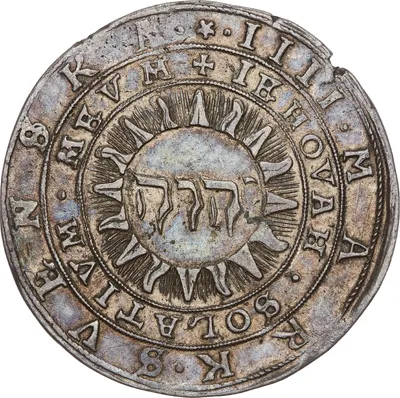
4 mark, Stockholm, Karl IX, 1604
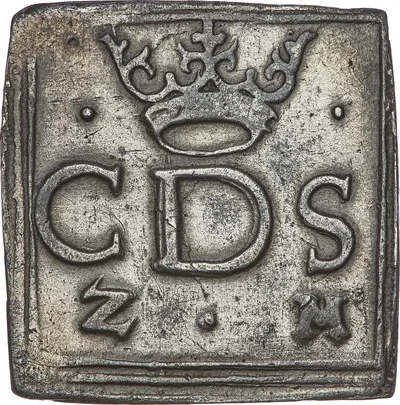
2 mark, Kalmar, Karl IX, 1604

1/2 riksdaler, Stockholm, Karl IX, 1606
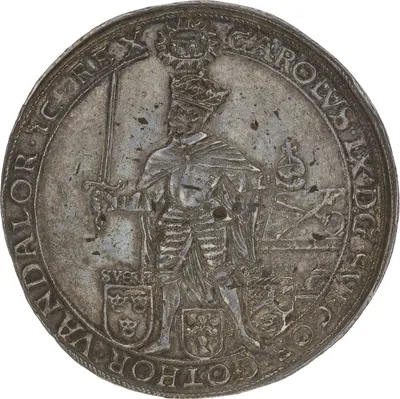
4 riksdaler, Stockholm, Karl IX, 1608
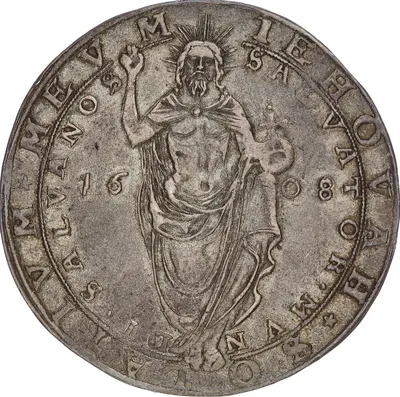
1 riksdaler, Karl IX, 1608
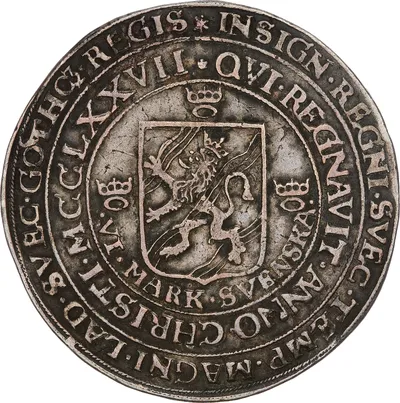
6 mark, Stockholm, Karl IX, 1609
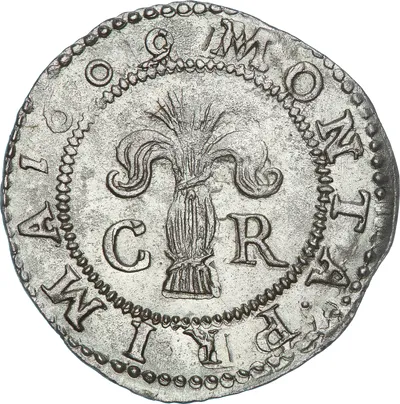
1 öre, Göteborg, Karl IX, 1609
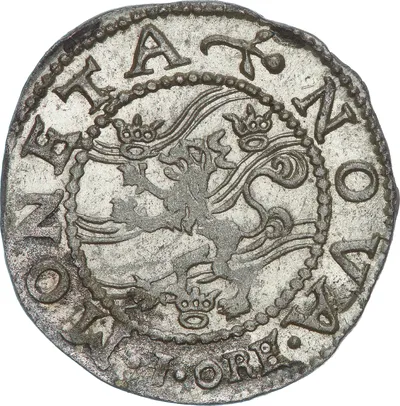
1 öre, Stockholm, Karl IX, 1609

1 öre, Stockholm, Karl IX, 1609
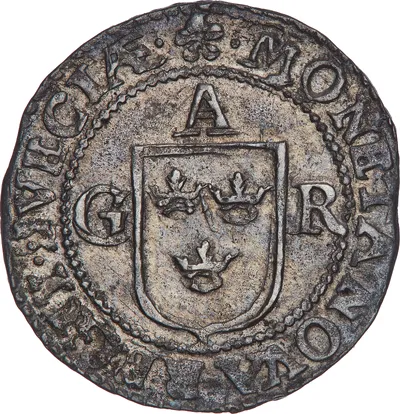
1 öre, Vadstena/Söderköping, Johan av Östergötland,
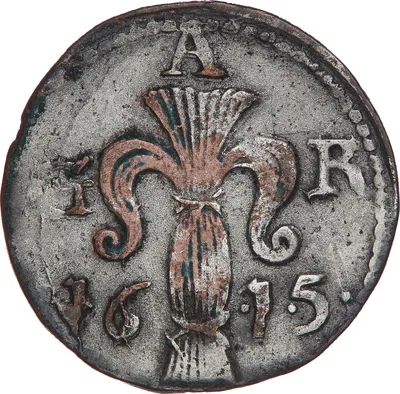
1/2 öre, Stockholm, Gustav II Adolf, 1615
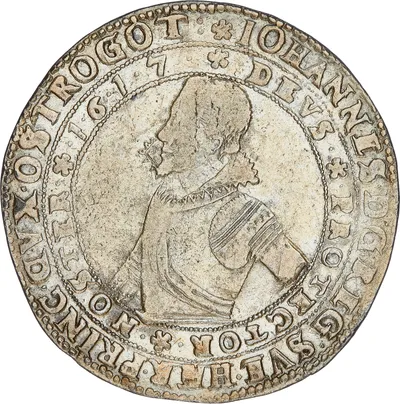
1 riksdaler, Söderköping, Johan av Östergötland, 1617
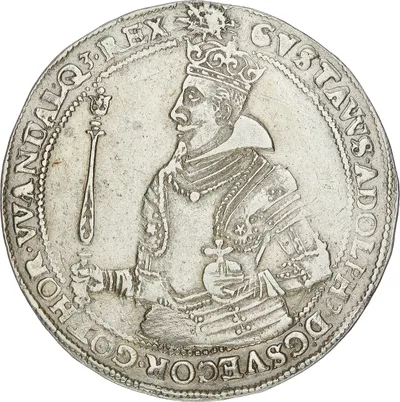
1 riksdaler, Stockholm, Gustav II Adolf, 1617
